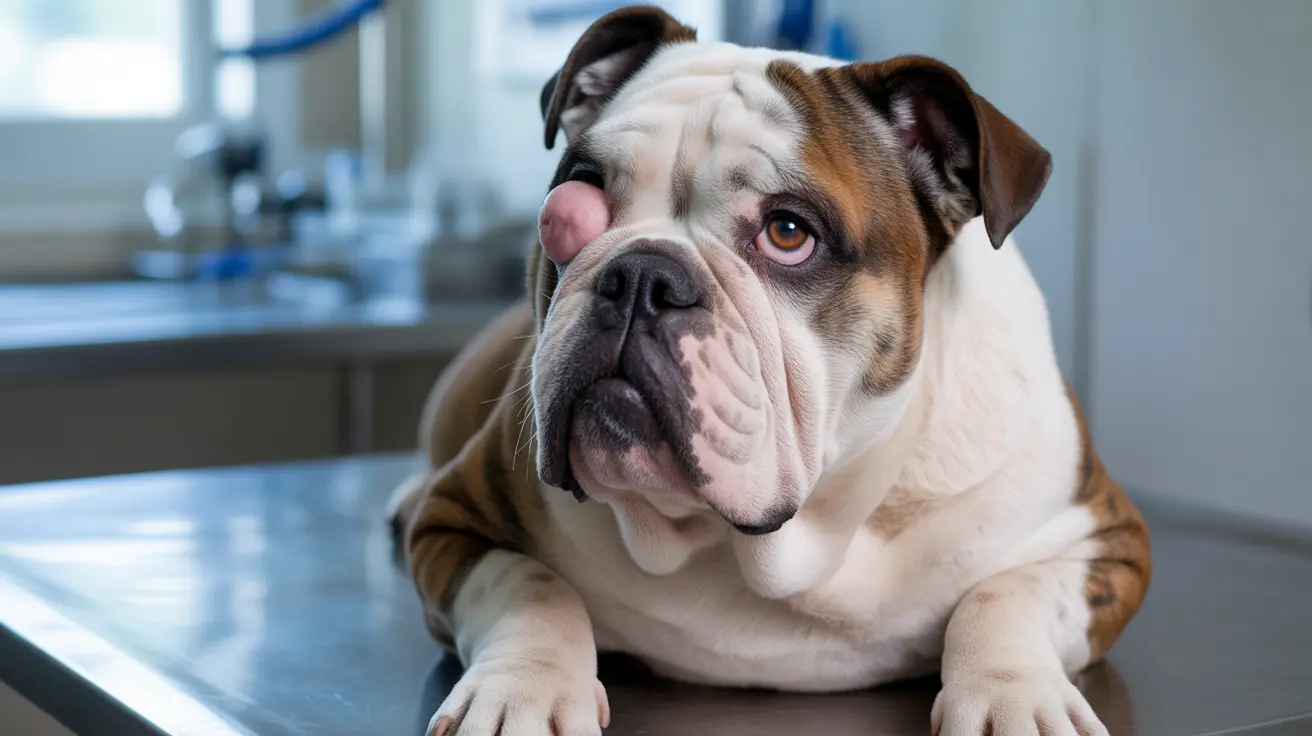Eye problems in dogs can range from minor irritations to serious conditions that may lead to vision loss if left untreated. As a pet owner, understanding these common eye conditions, their symptoms, and treatment options is crucial for maintaining your dog's ocular health and overall well-being.
In this comprehensive guide, we'll explore the most common eye problems affecting dogs, how to identify them, and what steps you should take to protect your furry friend's vision.
Common Types of Dog Eye Problems
Conjunctivitis (Pink Eye)
Conjunctivitis is one of the most frequent eye conditions in dogs, characterized by inflammation of the eye's conjunctiva membrane. Dogs with pink eye typically show redness, swelling, and discharge. This condition can be caused by allergies, infections, or environmental irritants.
Cherry Eye
This condition occurs when the third eyelid's tear gland prolapses, creating a visible pink mass in the corner of the eye. Cherry eye is particularly common in brachycephalic breeds like Bulldogs and Pugs, often requiring surgical correction for proper treatment.
Cataracts and Lens Issues
Cataracts appear as cloudy areas in the eye lens, gradually leading to vision loss. While more common in older dogs, they can also develop due to diabetes, genetics, or injury. Surgical removal is often the most effective treatment option.
Recognizing Eye Problem Symptoms
Physical Signs
Watch for these common indicators of eye problems:
- Redness or inflammation
- Excessive tearing or discharge
- Cloudiness or change in eye color
- Visible third eyelid
- Squinting or keeping eyes closed
Behavioral Changes
Dogs with eye problems may exhibit:
- Pawing at their eyes
- Reluctance to play
- Bumping into objects
- Increased sensitivity to light
- Changes in activity level
Treatment and Prevention
Professional Care
Veterinary treatment options may include:
- Topical medications for infections
- Anti-inflammatory drops
- Surgical procedures for structural issues
- Regular monitoring for progressive conditions
Home Care Tips
Help prevent eye problems with these practices:
- Regular gentle cleaning around the eyes
- Keeping facial hair trimmed
- Protecting eyes during activities
- Maintaining regular veterinary check-ups
Breed-Specific Considerations
Certain dog breeds are more susceptible to specific eye problems. Brachycephalic breeds often experience more eye issues due to their facial structure, while breeds like Cocker Spaniels and Retrievers may be prone to inherited eye conditions.
When to See a Veterinarian
Seek immediate veterinary care if you notice:
- Sudden changes in vision
- Severe redness or swelling
- Colored or excessive discharge
- Signs of eye pain or discomfort
- Any trauma to the eye area
Frequently Asked Questions
Why do dogs develop conjunctivitis (pink eye), and how is it treated?
Dogs develop conjunctivitis due to allergies, infections, or irritants. Treatment typically involves antibiotic eye drops for bacterial infections, while allergic conjunctivitis may require antihistamines or anti-inflammatory medications.
Can cataracts in dogs be prevented, or are they inevitable with age?
While some cataracts are age-related or genetic, others can be prevented by managing underlying conditions like diabetes. Regular veterinary check-ups can help catch and address potential issues early.
How can I recognize the early signs of cherry eye in my dog?
Early signs of cherry eye include a pink or red mass in the corner of the eye, increased tearing, and eye irritation. This condition requires prompt veterinary attention as early treatment can prevent complications.
What is the best way to care for a dog with dry eye syndrome at home?
Home care for dry eye includes regular application of prescribed eye drops or ointments, keeping the eyes clean, and protecting them from irritants. Consistent medication and follow-up with your veterinarian are essential.
How can I prevent eye injuries in dogs, especially during play?
Prevent eye injuries by avoiding rough play near the face, keeping sharp objects away from eye level, and trimming bushes at eye height. Consider protective eyewear for active dogs in high-risk situations.
Remember, early detection and treatment of eye problems can prevent serious complications and help maintain your dog's quality of life. When in doubt, always consult with your veterinarian about any concerns regarding your dog's eye health.






